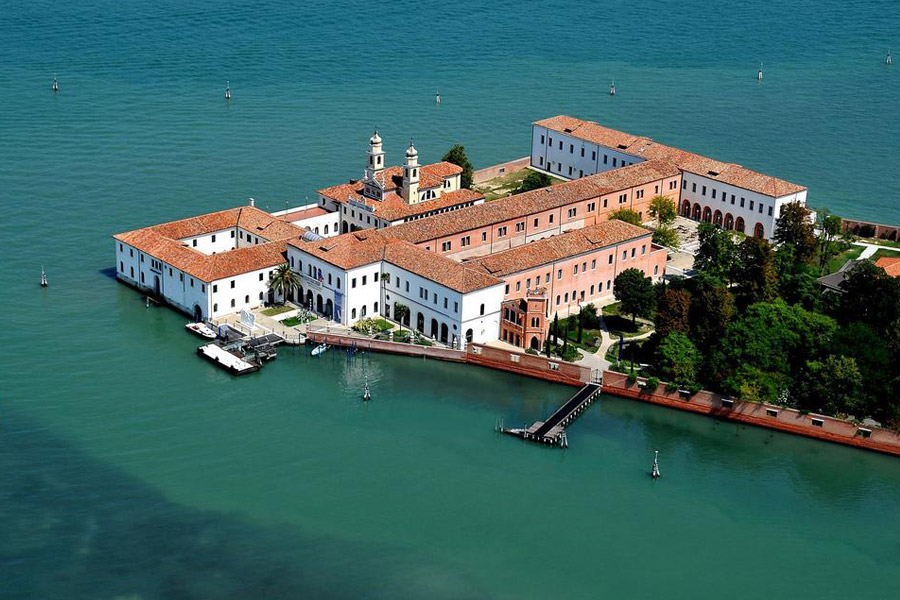
Many distinguished scholars in psychoanalysis have tried to investigate the origin and structure of the most primitive emotions, that is terror and security, by making hypotheses about models of mind. These models, particularly in recent years, are confirmed by the most recent neurophysiological studies, whereas other studies are rejected, in a process according to which the brain and the mind work and represent themselves in an increasingly plastic and dynamic way, in a continuous and open communication with other brains and minds.
I have divided this paper in two parts.
The first tries to summarize some psychoanalytical models of thinking and mental functioning, the ones that seem to me more useful to understand the early primitive states of mind: I shall refer mostly to Winnicott and Bion, but also to Esther Bick, Frances Tustin, Eugenio Gaddini, Thomas Ogden, Didier Anzieu; and many others.
It often happens that something surfaces from the depths of clinical involvement into conscious grasp and produces a new orientation to a whole area of clinical practice. Therefore in the second part of this paper I will try to illustrate how to reach during the analytic therapy those primitive states of mind and how to sufficiently transform these experiences such that the patient may be able to reach his psychic representations, which link basic experiences with images. He could then transform these primitive feelings, his terror, his fear of breakdown, these raw sensory data into a more mature psychic organization; these new and necessary psychic trasformations will unable him to gain access to a more adequate theory of thinking.